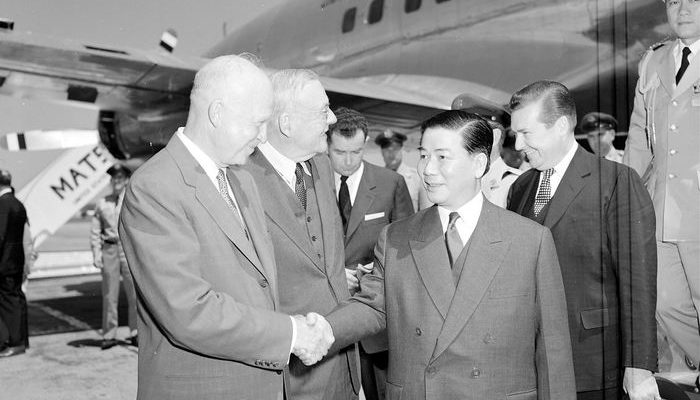America, the land of dreams and freedom, has its history studded with events that challenged its ethos and transformed its political landscape. However, there’s an intriguing subplot hidden beneath the grand narrative, a subplot that whispers tales of political transgressions and riveting revelations. Yes, we’re talking about presidential scandals.
From brazen displays of power to covert operations gone awry, the White House hasn’t always been a paragon of virtue. Sometimes, the leaders, the ones we look up to, fall from grace, becoming the central figures in the scandals of America. And while every era has its share of controversies, one question looms large: “What was the most corrupt era in American history?”. Now, that’s a tough one!
Some might point towards the Gilded Age. An era notorious for its corruption, when industrial tycoons exerted enormous influence over the nation’s highest office. Others may argue that the era of Nixon’s Watergate scandal takes the cake for being the most tainted in modern history. However, ranking periods based on their corruption levels can be as tricky as it is subjective.
Instead, let’s turn the spotlight on specific events that led to political tempests – the most turbulent presidential scandals in history. Unfolding like a thriller novel, these tales are fraught with deceit, power, intrigue. And yes, they involve some of the biggest presidential scandals in history.
10 – Star Route Scandal
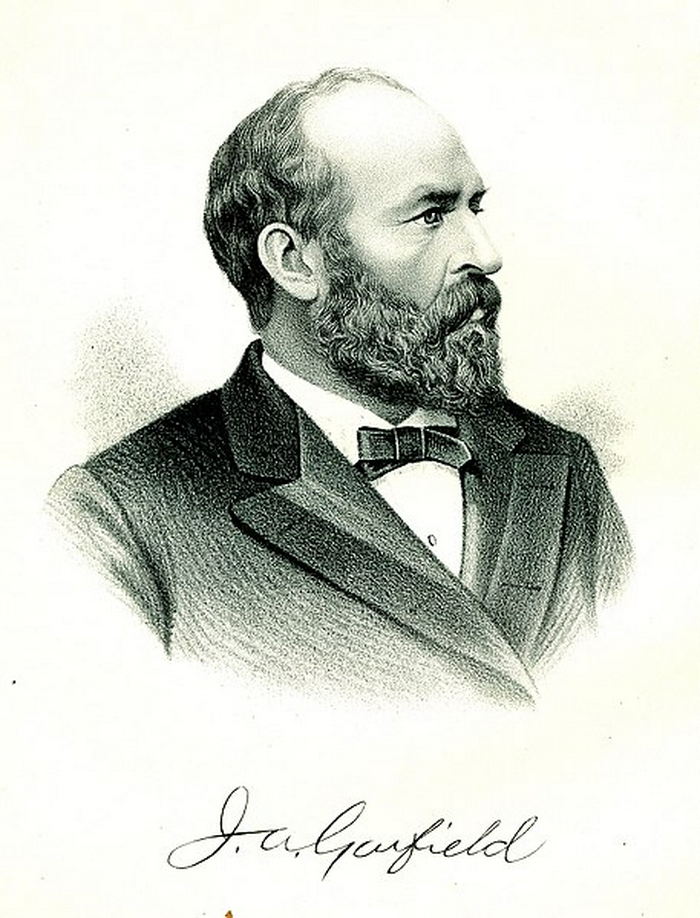
In the annals of America’s past, the Star Route Scandal that rocked President James A. Garfield’s administration stands out as a glaring instance of how ambition can sour. Under his tenure in the late 19th century, the expanding nation was sullied by a scandal involving the U.S. Post Office and their Star Routes.
For context, these routes were postal pathways, primarily in the Western Frontier, outsourced to private contractors, named after the asterisk on the official documents. However, greed turned this system into a haven for corruption. With Postmaster General Thomas J. Brady at the helm, government officials manipulated contracts, padded route lengths, and overcharged the federal government, lining their pockets with inflated profits.
Despite investigations leading to several trials, many culprits walked away unpunished, a sour ending to this convoluted episode of political fraud. It left an indelible mark on the public’s faith in their leaders, a powerful reminder of the reach of corruption.
09 – Marilyn Monroe and the J.F. Kennedy
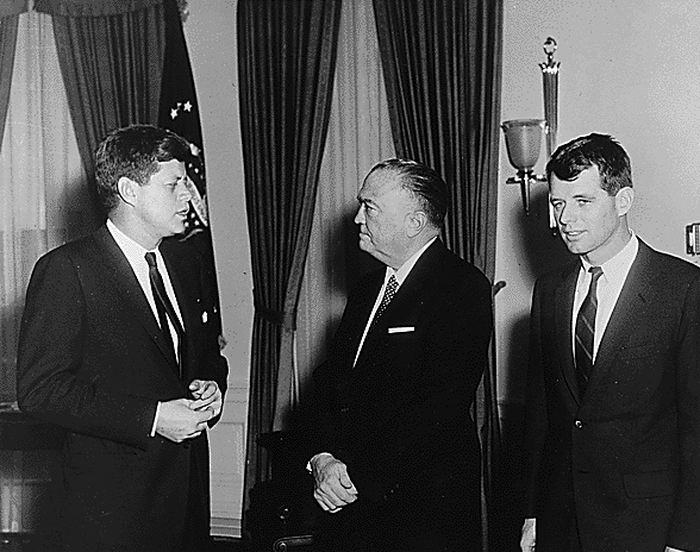
Now, shifting gears, we plunge into the glitz and glamour of Hollywood and politics’ intersection. Among the numerous celebrity scandals that America has seen, the alleged affair between Hollywood starlet Marilyn Monroe and President John F. Kennedy is undoubtedly one of the most captivating.
Rumors were set alight by Monroe’s sultry rendition of “Happy Birthday, Mr. President” at a fundraiser in Madison Square Garden in 1962. Her provocative performance sparked widespread speculation, ensuring this rumor’s spot in America’s scandal folklore.
The lack of tangible proof to substantiate this story hasn’t dimmed its allure. The mystery that shrouds this affair has secured its place in the annals of American pop culture, adding an extra layer of intrigue to these already iconic figures’ lives.
08 – Gerald R. Ford reportedly had an affair with a German spy
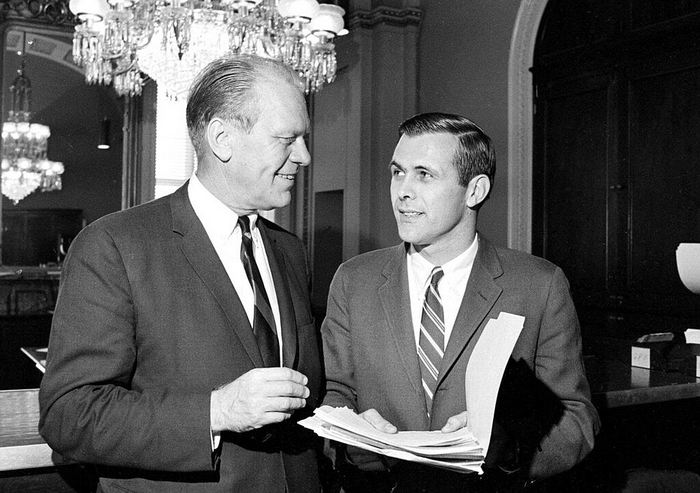
In a surprising twist to the relatively steady presidency of Gerald R. Ford, a rumor emerged that suggested an extramarital affair with a German spy during World War II. Ford, who served in the Navy during the war, was allegedly involved with a woman named Ellen Rometsch.
The story suggested that Rometsch was an East German spy who had affairs with many powerful men in Washington, including then Representative Ford. The nature of these allegations and their implications added an element of intrigue to the life of a man known for his integrity and reliability.
Despite these rumors, there is little hard evidence to back up these claims. Ford himself flatly denied the allegations. Nonetheless, the rumors persist, demonstrating the power and longevity of such scandals in the public memory. As we dig deeper into these incidents, it’s crucial to discern between established fact and tantalizing hearsay, a reminder that truth can sometimes be stranger than fiction.
07 – The Whiskey Ring: Spirits, Tax, and Deceit
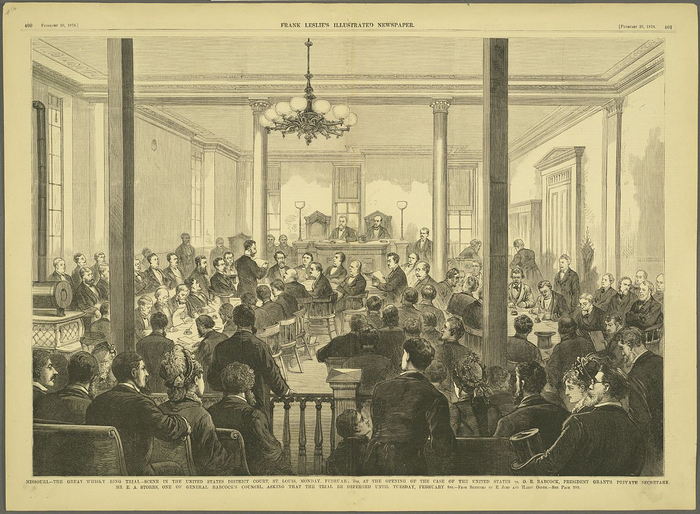
Next on our list of historical scandals, we venture into the murky world of tax evasion and illicit alcohol. The Whiskey Ring Scandal during President Ulysses S. Grant’s administration was a classic case of corruption permeating every level of society, from distilleries to the federal government.
This elaborate network of whiskey distillers and public officials connived to evade tax, cheating the government out of millions. When the fraud was exposed in 1875, it shook the nation, revealing the pervasive extent of corruption and resulting in multiple indictments, including Grant’s personal secretary. Although Grant wasn’t directly implicated, the scandal considerably tarnished his reputation and legacy.
06 – Lewinsky Scandal: A White House Affair
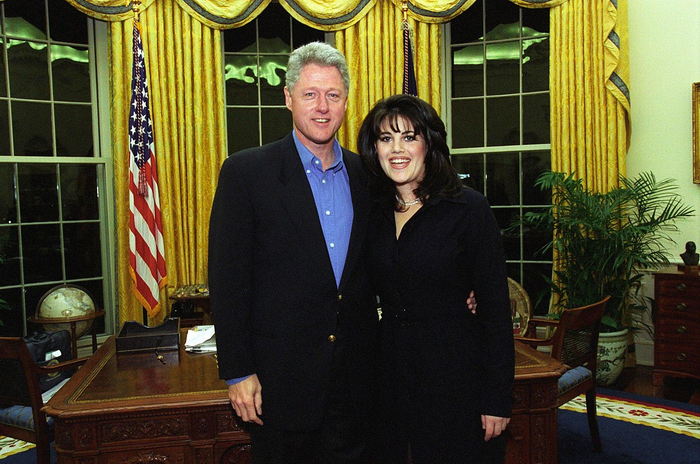
The term presidential scandals reached new heights with the Lewinsky Scandal, which dominated the headlines during the late 1990s. President Bill Clinton found himself in the eye of a media storm following revelations of an affair with a White House intern, Monica Lewinsky.
This personal indiscretion rapidly transformed into a political firestorm, leading to an investigation, a grand jury testimony, and Clinton’s impeachment for perjury and obstruction of justice. Clinton survived the impeachment trial, retaining his presidency. However, the scandal remains a dark spot on his tenure, emblematically representing the scrutiny endured by public figures and the intersection of personal missteps and political consequences.
05 – The Ohio Gang: The Dark Side of Friendship
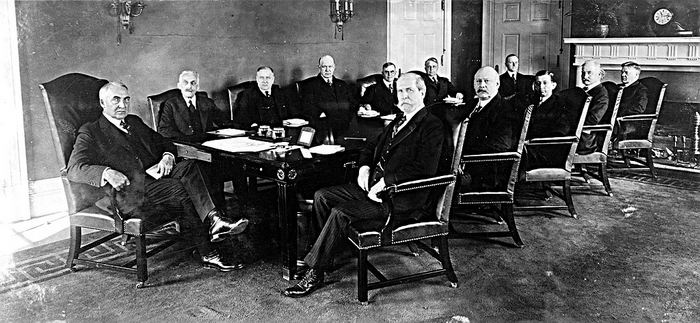
Next, we explore an intriguing chapter from President Warren G. Harding’s administration, termed the Ohio Gang scandal. The “Ohio Gang” was a term used to describe Harding’s political allies and friends who used their proximity to power for personal gain.
The most infamous among the numerous scandals linked to this group was the Teapot Dome scandal, which saw Harding’s Secretary of the Interior, Albert B. Fall, lease Navy petroleum reserves to private oil companies without competitive bidding. The scandal eventually led to Fall’s imprisonment, marking the first time a U.S. Cabinet official was convicted of a crime.
While Harding himself was not directly involved, the scandal significantly impacted his presidency. His failure to curb the corruption of his associates and friends sadly defined his time in office, overshadowing his leadership and policy initiatives.
04 – Thomas Jefferson & Sally Hemmings: A Story Hidden in History’s Shadows
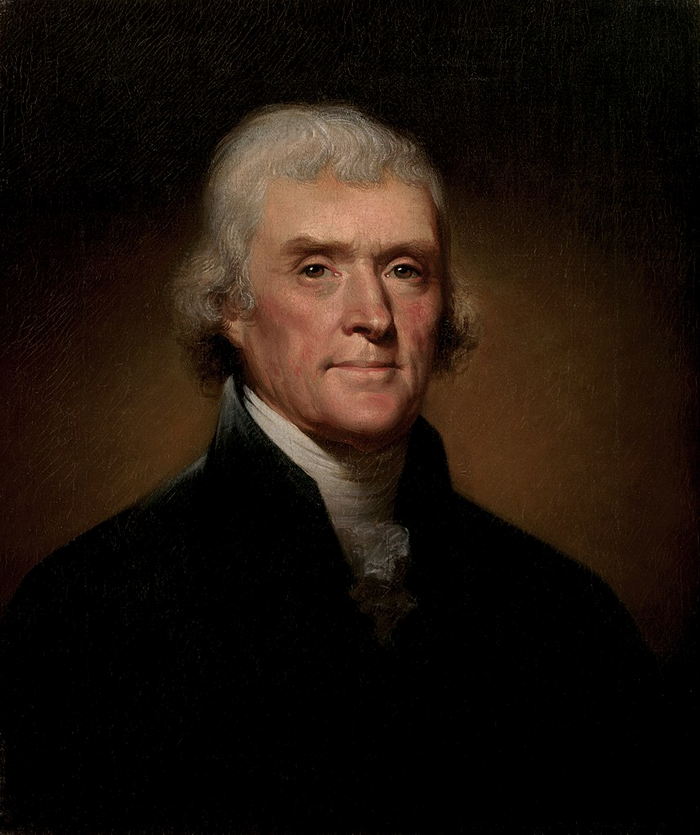
One of the earliest yet enduring presidential scandals circles around the third U.S. President, Thomas Jefferson. While the man is celebrated for his work as a Founding Father, a dark shadow lingers around his personal life involving a woman named Sally Hemmings.
Sally, an enslaved woman at Jefferson’s Monticello estate, is believed to have had a long-term relationship with the president. The most controversial aspect? She bore him several children. Although Jefferson never publicly acknowledged this relationship, the story, passed down through Hemmings’ descendants, has endured. Today, DNA evidence has validated these claims, adding a complex layer to Jefferson’s legacy.
03 – Iran-Contra Affair: Selling Arms, Funding Rebels
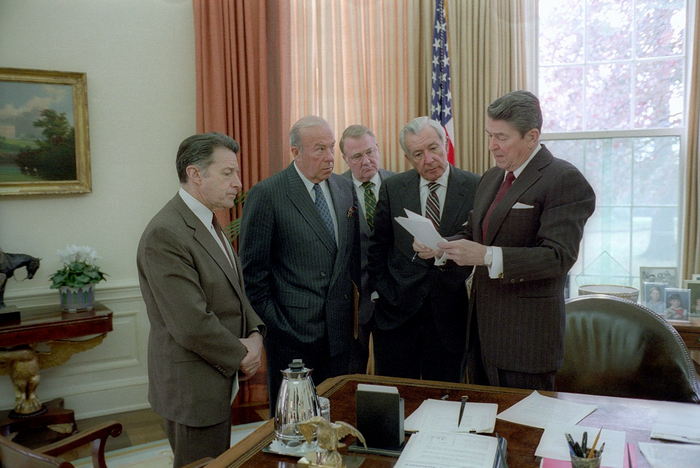
Under the Reagan Administration, the Iran-Contra Affair proved to be one of the biggest presidential scandals in history. This scandal was an intricate, international mess involving clandestine arms sales to Iran with profits funneled to Contra rebels in Nicaragua.
When the secret dealings were exposed in 1986, the fallout was monumental. Several high-ranking officials were indicted, and the damage to Reagan’s reputation was significant. Although Reagan admitted to the arms sales, he denied knowledge of the diversion of funds to the Contras, leaving a lingering question about the extent of his involvement.
02 – The Pentagon Papers: A Scandal of Truth and Lies
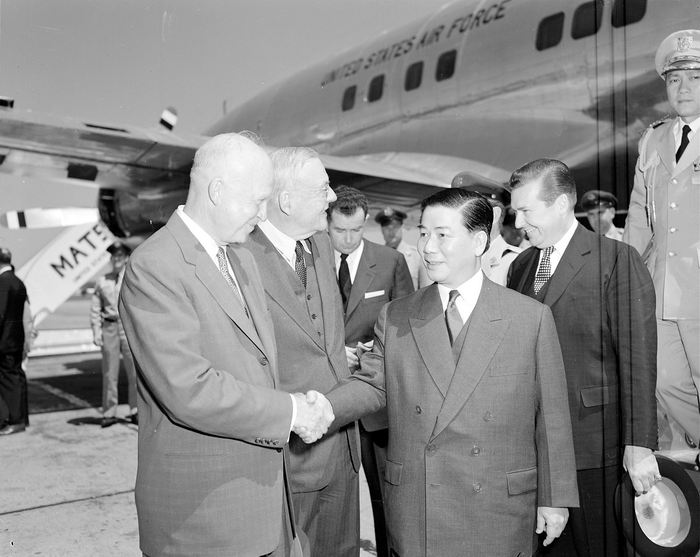
The leak of the Pentagon Papers by military analyst Daniel Ellsburg exposed shocking secrets about the U.S. involvement in Vietnam. These classified documents, published by The New York Times and The Washington Post in 1971. And revealed a pattern of deception spanning four administrations, including President Richard Nixon’s.
The leak led to a titanic clash between the U.S. government and the press, culminating in a landmark Supreme Court decision championing the freedom of the press. Ellsburg was initially charged under the Espionage Act, but charges were dropped due to governmental misconduct. The Pentagon Papers leak was a watershed moment for political transparency, shaking the public’s trust in their leaders and fueling anti-war sentiment.
01 – Watergate Scandal: The Downfall of Richard Nixon
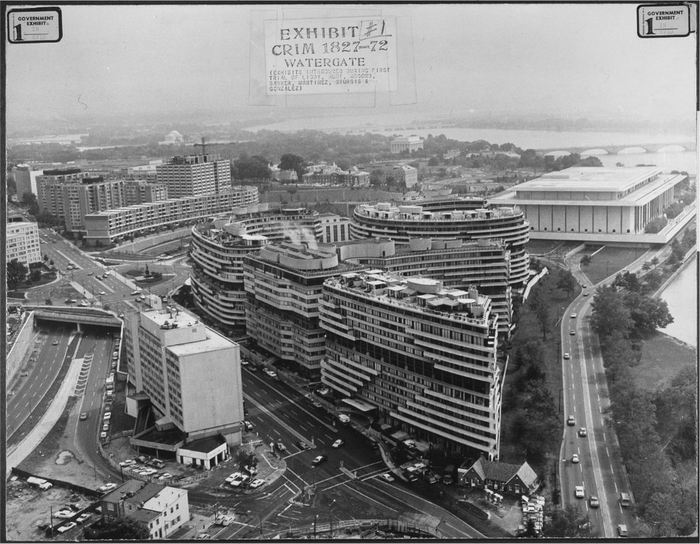
As far as presidential scandals go, perhaps none resonates in the public consciousness as deeply as the Watergate Scandal. It’s a complex web of political sabotage, espionage, and deceit that ultimately led to the resignation of President Richard Nixon.
In 1972, five men were caught breaking into the Democratic National Committee headquarters at the Watergate complex in Washington D.C. Initially dismissed as a simple burglary, investigative journalists soon discovered that the break-in was tied to Nixon’s re-election campaign, the Committee to Re-elect the President (CRP). The trail led back to several high-ranking officials in the Nixon administration who had orchestrated a massive cover-up operation.
Over time, secret White House tapes were subpoenaed, revealing Nixon’s direct involvement in the cover-up. The discovery led to impeachment proceedings against Nixon. Faced with inevitable impeachment, Nixon chose to resign in August 1974, marking the first and only resignation of a U.S. president.
Navigating the Repercussions of Political Corruption
The fallout of presidential scandals and political corruption ripples through a nation, eroding public trust and jeopardizing the very foundation of democracy. Trust in leadership is fundamental to a functioning democracy. But these scandals, these betrayals of public trust, threaten to undermine that trust.
Political corruption has far-reaching consequences beyond tarnishing reputations. It disrupts social order, encourages a culture of impunity, hampers economic development, and stymies progress. It creates an environment where the law bends for power, where justice can be bought. And where the needs of the many are overlooked for the whims of the few.
The scandals of America covered here serve as stark reminders that vigilance, accountability, and transparency are crucial in maintaining the integrity of any democracy. Each scandal, each misuse of power, each betrayal of public trust underscores the importance of holding our leaders accountable.
From Star Route to Watergate, these events have shaped the course of U.S. history. They have spurred legislative changes, incited public outrage, and most importantly, they have taught us valuable lessons. Lessons about the importance of integrity in public office, the power of investigative journalism, and the resilience of a nation’s spirit in the face of adversity.
In the end, every scandal, every misstep, every moment of corruption, becomes a part of our collective history. They become the stepping stones to a better, more aware, and hopefully, a more accountable society.


